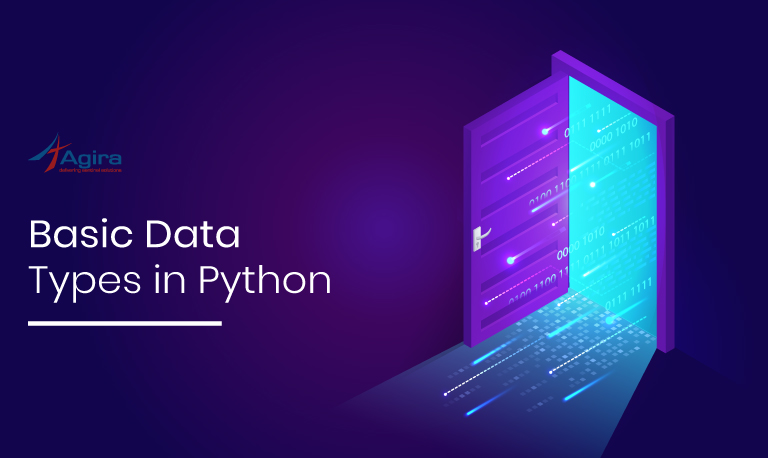Table of Contents
Python Lambda is an anonymous function. It is a function that can take any number of arguments but can have only one expression. It is nameless and ‘def’ (keyword) is used for normal Python functions. Lambda is considered as a keyword in Python that represents anonymous function inside another function.
We all know, everything in Python is an object. Everything here explained is pretty easy to understand. Take a look at the basic function below.
>>> lam_fun = lambda s: s.casefold() >>> lam_fun Output : <function <lambda> at 0x7f264d5b31e0> >>> def lam_fun(s): return s.casefold() >>> lam_fun Output : <function lam_fun at 0x7f247e68fea0>
Lambda rule in Python
Lambda functions accept only one expression. If your function has multiple expressions or statements, you can define a function apart from Lambda.
A Lambda function is created using the lambda keyword and the syntax as follows,
Syntax
lambda argument_list: expression
>>> f = lambda x, y : x + y >>> f(1,1) Output : 2
What are the uses of Lambda Functions?
The key advantage of the lambda operator is that it can be seen. Like when it is used in combination with the built-in functions like map, filter.
Syntax for Map
map(func, seq)
map() is a function with two arguments, Map is a Python built-in function that takes in a function and a sequence as arguments and then calls the input function on each item of the sequence.
#Example
Here I solve the problem which is a combination of int and str list. Let’s assume that it is rendered from the bike number plate in the list format. Here we are using the map function to get a proper result “Bike no.”
>>> no = [“T”, “N”, 3, 4, “A”, 6, 4, 5, 6] >>> no = “”'.join(map(str, no)) >>> no Output : ‘TN34A6456’
Syntax for filter
filter(func, seq)
The function filter(function, list) is the way to filter out all the elements of a list, for which the function returns True. This filter is another built-in function that actually filters an iterable object or any sequence.
#Example
In this example, I solve a basic and simple task, a list of numbers are given and we will be finding out the old number’s in the given list.
>>> no = [1, 2, 3, 4, 5, 6] >>> R = list(filter(lambda x: x % 2, no)) >>> R Output : [1, 3, 5]
Syntax to reduce
reduce(func, seq)
The function reduce(func, seq) applies the function func() continually to the sequence seq. It returns a single value. In Python 2, reduce() was a built-in function. However, in Python 3, it is moved to functools module.
How Reduce Function works?
def reduce(function, iterable, initializer=None):
it = iter(iterable)
if initializer is None:
try:
initializer = next(it)
except StopIteration:
raise TypeError('reduce() of empty sequence with no initial value')
accum_value = initializer
for x in it:
accum_value = function(accum_value, x)
return accum_value
#Example
A list of numbers is given and we have to get a total of it. Before we import the reduce function from functools module. The sum() built-in function can do this task very simple but in this example, we will do it in reduce. For more details, you can refer to the above Reduce function.
>>> from functools import reduce # python 3 >>> no = [1, 2, 3, 4, 5, 6] >>> R = reduce(lambda x,y: x+y, no) >>> R Output : 21
Last thoughts on Python Lambda Function
Lambda functions are single-expression functions and nameless hard to identify the object. Python Lambda can’t use regular statements. instead of that includes a return statement (Boolean or value).
Now, I hope that everyone could understand my points on Python Lambda. If you are working as an individual or a team see that you gain some knowledge before using the function. For beginners, it might be complex sometimes. If you are a Python developer you might feel comfortable with code readability.
Want to develop an outstanding application with Python? Take a look at our expertise and Hire a developer to make your projects a success.










